Development of the Force Projection Ocelot
The Force Protection Ocelot is a British "infantry mobility vehicle" initiated in 2008 to replace the current Snatch Land Rover used by British forces, notably in Iraq and Afghanistan. Force Protection Industries provided both in America and Europe several MRAPs with V-shaped hulls inspired by South African earlier MPVs since 2000. Notably the Buffalo and Cougar as specific variants in the British military are the Mastiff, Ridgeback, and Wolfhound. The Iraqi was procured the Badger and all demonstrating largely improved protection, but thse vehilcles are large and heavy. So the Ocelot was proposed as an alternative small and light 4x4 vehicle notably for recce teams, with easier transportation, while still offering the same protection.The prototype was presented in September 2009 at the Defense Systems and Equipment International of London, with two purchased by the MoD in April 2010 for field testing. In September, this was a success so it was announced an acquisition of 300 vehicle for 270 million pounds and a final 25 vehicle (then 75 total in 2012), and first operational deployment by June 2012.
The final service name is Foxhound, albeit the initial name chosen by the company that designed it back in 2009 when it was accepted was "ocelot". It was specifically design to replace the Snatch Land Rover which had no protection of personnel against improvised explosive devices (IEDs), or mines. Thus the new vehicle was delovered with a lightly armoured hull and V shaped belly. Tthe final development phase was acted in 2010 when it was accepted for production by the MoD. The prototypes had been delivered and field tested by Force Protection Europe in 2009–2011. After the final phase was validated, a production order was placed for 400 vehicles to General Dynamics UK (GDLS) and started in 2011, but completed in 2012, with a total of 200 vehicles delivered.
Design of the Force Projection Ocelot
General Layout
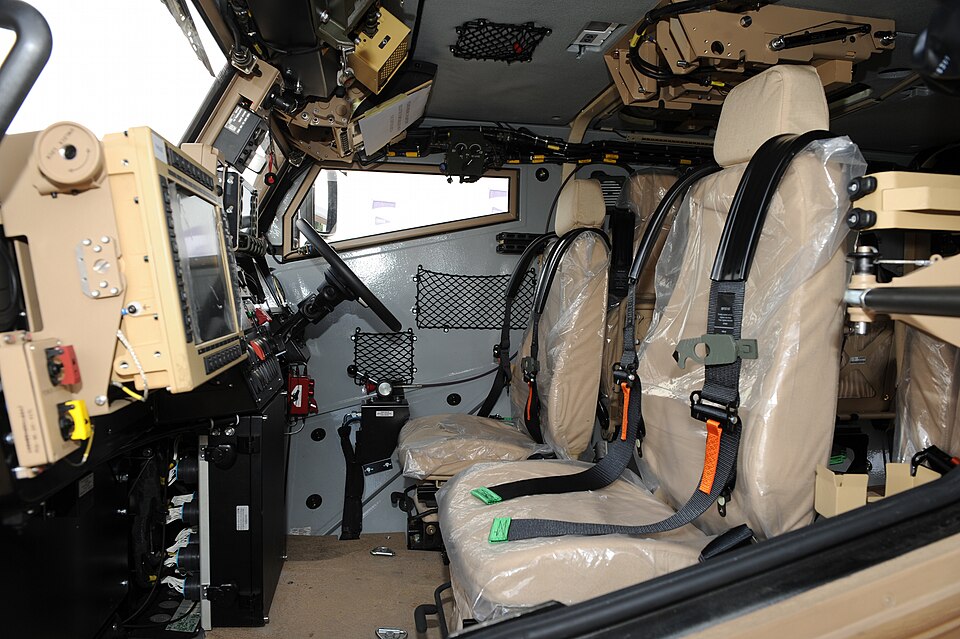
The Ocelot is a boxy vehicle with only the belly forming the typical "Vee" of IED/MPVs. The engine nose is sloped down and three-faceted the flanks, back and roof are completely flat. For easier access to the interior and the chassis for servicing, the entire upper part is hinged to the left and can be tilted by hydraulic power all the way to 40%. The Ocelot is 5,30 meters long for a width of 2,3 meters and height of 2,1 meters, and weight of 7,5 tons (curb weight 12,125 Ibs) for a payload up to 3 tonnes (4,409 Ibs) and maximal loaded weight of 8.5 tonnes (16,535 combat). The turning circle radius is 12 meters. The max loas on the front axle is 7,716 Ibs and on the rear axle 8,818 Ibs. The ground clearance is of 13.3 inches and wheelbase of 11.98 ft.
The interior configuration is pretty classic with a forward cabin (2+4 command/patrol, 2+2 recce, 2 utility), with two suspended seats forward and a transmission tunnel between, non-separated from a rear compartment with 2-4 suspended seats (again, for mine detonation protection. The rear part is semi-separated, and comprises storage bins and cradles for up to 2 tonnes payload. There is an extra slope underneath. The roof depends of the final configuration. In Afghanistan the roof remained open for ventilation, with a framing above and suspended netting. The European version had a fully enclosed roof but no apparent NBC option,alveit there is climate control system with a compresor-driven internal pressure that can act as collective NBC protection. It is independent from the engine's electric system or battery. The vehicle as proven capable of operating between -25.6° and up to 129.2°F. The Voltage os 24V, 500A without options.
Protection
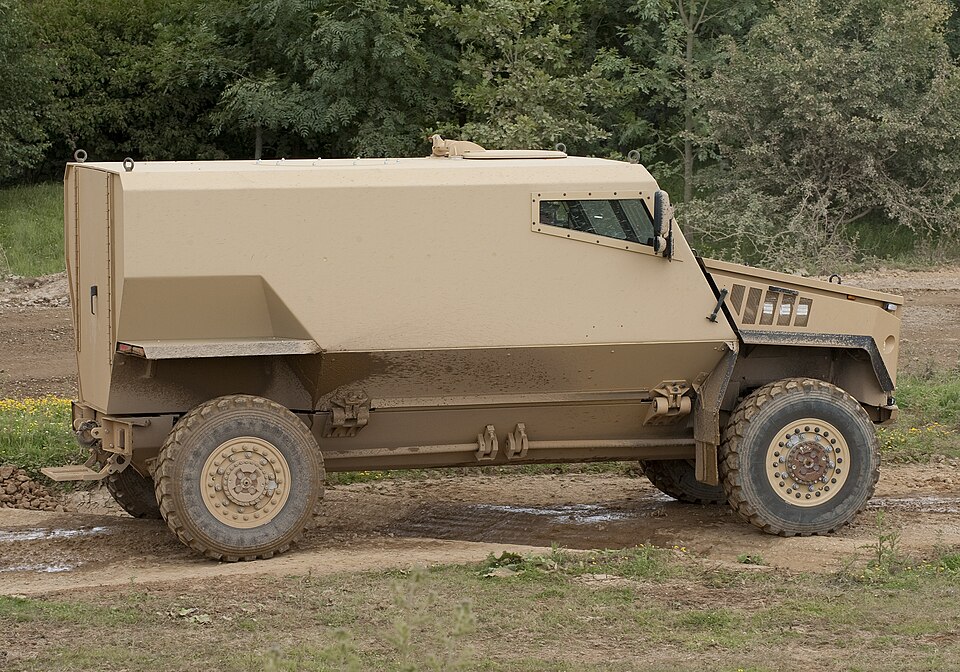
The vehicle is not considered a pure "MRAP" but "having MRAP capabilities". It was notably blast-tested with success. The overall protection is all around against small arms and shrapnel thanks to the basic KE/Ballistic protection kit as delivered, with composite materials in lieu of metal armor, and composite spall liner to remain light. There is also an EFP/RPG optional kit. The belly is reinforced to offer a specialised protection against roadside bombs and improvised explosive devices (IEDs). The overall vehicle is substantially larger and much taller than the hummer.
There is no active protection (smoke projectors) but cameras are mounted on two covered apparatus at the rear of the vehicle (roof). Acces can be from the cabin doors, with reinforced bullet-proof glass and modular framing to receive mesh and additional glass. There are no windows on the sides, and access for the crew is through two back doors. There is also an hydraulic step and a self-recovery winch forward as standard, driven by the transmission.
Mobility
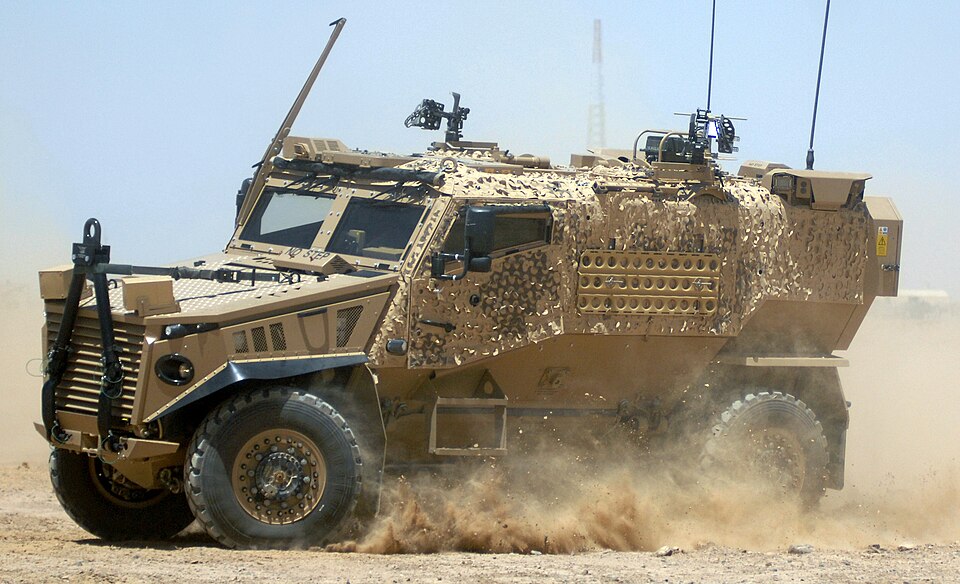
The Ocelot came in with a Steyr M16-Monoblock Diesel engine (6 cylinder) rated for 160 kW or 210 hp. The PW ratio is 25.8 hp/metric ton and 33.53 hp/mtric ton in cmbat mode. It is connected to a ZF 6HP28X 6 speed automatic gearbox. The tyres are Michelin XLZ 335/80 R20 without central inflation system. The axles has independent loclable differentials and the wheels uses 2-piece split rims. The brakes used and hydroboost on 4-wheels, with ABS hydraulic system. For the steering, the locked rear is at 27.96 mph.
Max range is 373 miles or 500 km. The vehicle was tested light, capable to reach speeds up to 50 mph (80 kph) in 19.75 seconds and a top speed of 82 mph (132 kph) on road. Howeve rto spare the engine it is governed to 68 mph. Due to design, when hinged, the engine can be replaced within 30 minutes. The Ocelot was not designed as amphibious, notably due to the hinging hull design, however it can ford up to 31.5 inches or 80 cm of water without preparation, it has an approach and departure angle og 45°, stability tilt to 33°, and it can climb 60% slopes. Tactical mobility implied transported by a C-17 (first deployment), C-130 Hercules and Ch-47 Chinook heavy helicopter under slung.
Firepower
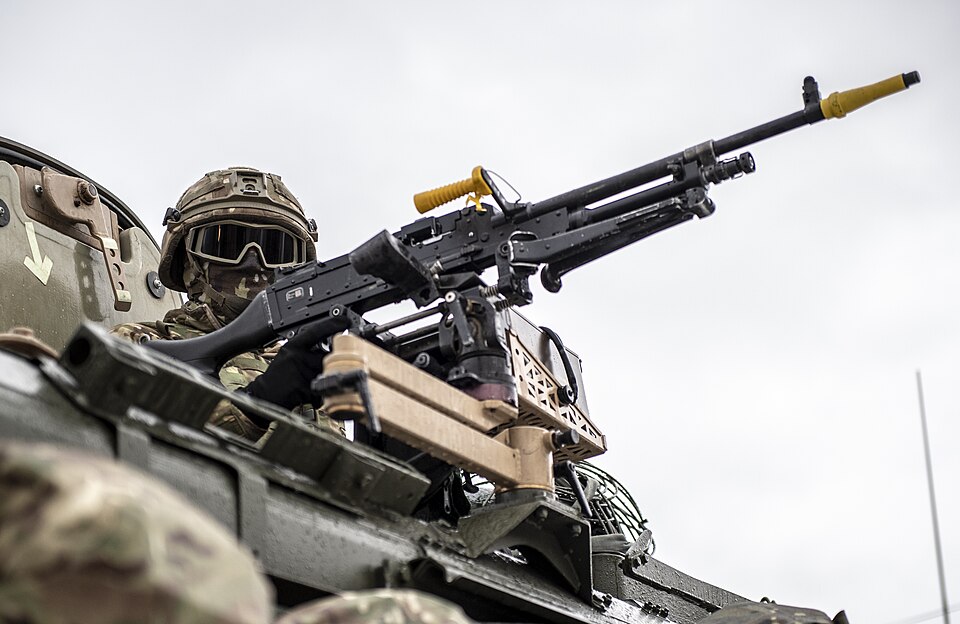
This is limited to a GMPG machine gun, in a rooftop forward, axial ring mount. There is no protected turret. The remainder are personal weapons carier by the crew, up to 6 infantry, with a lot of room for various equipments, including a mortar, ATGM, and Manpads if needed.
specs. Force Projection Ocelot | |
| Dimensions | 5.32 x 2.1 x 2.35 m (17 ft 5 in x 6 ft 11 in x 7 ft 9 in) |
| Total weight | 8500 kg FL (payload 3000 kg) |
| Crew | 2+4 max |
| Propulsion | Steyr M16-Monoblock 6-cyl. Diesel 160 kW (210 hp) |
| Transmission | ZF 6HP28X 6-speed automatic |
| Suspension | Indep. ft/rear with stabilizers, torsion bars, telescopic shock absorbers. |
| Speed | 82 mph (132 km/h) |
| Range | 500 km |
| Armament | 2x 7.62mm GPMG |
| Armor | See notes |
| Total production | 400 in 2020. |
Evaluation
From the MoD itself:“The Foxhound is at the cutting edge of protected patrol vehicle technology and provides unprecedented levels of blast protection for its size and weight. These patrol vehicles underwent final testing in the dusty and hot conditions of the Helmand desert before being deployed on operations.“
The vehicle performed official duties in Afghanistan by June 2012, with five "Foxhounds "deployed, transported via C-17. Force Protection Europe and Ricardo PLC won in 2010 the £180 million order from the British Ministry of Defence to deliver 200 Foxfounds with spare parts and by 2011, an additional 100 were ordered increasing the to £400 million and 300 vehicles. The contract was finalized in 2012 for a £30m order and 25 more. On the 5th of April 2013, Ricardo PLC confirmed a final order of 76 Foxhound vehicles making for a total of 376 so far. Afte the withdraawal of British troops from Iraq in 2011 and Afghanistan in 2023. The vehicles produced are mostly placed in storage.
More recently the Foxhound met the MoD's recent Generic Vehicle Architecture (GVA) requirements to create a single, standard digital electronic and electrical architecture. By January 2015 the Ocelot was offered to Canda as replacement for its Humvee but no order was placed to GDLS.
Gallery on the Force Projection Ocelot
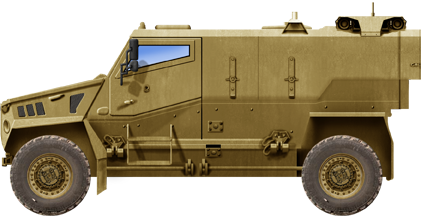
Classic sand livery for Iraq/Afghanistan
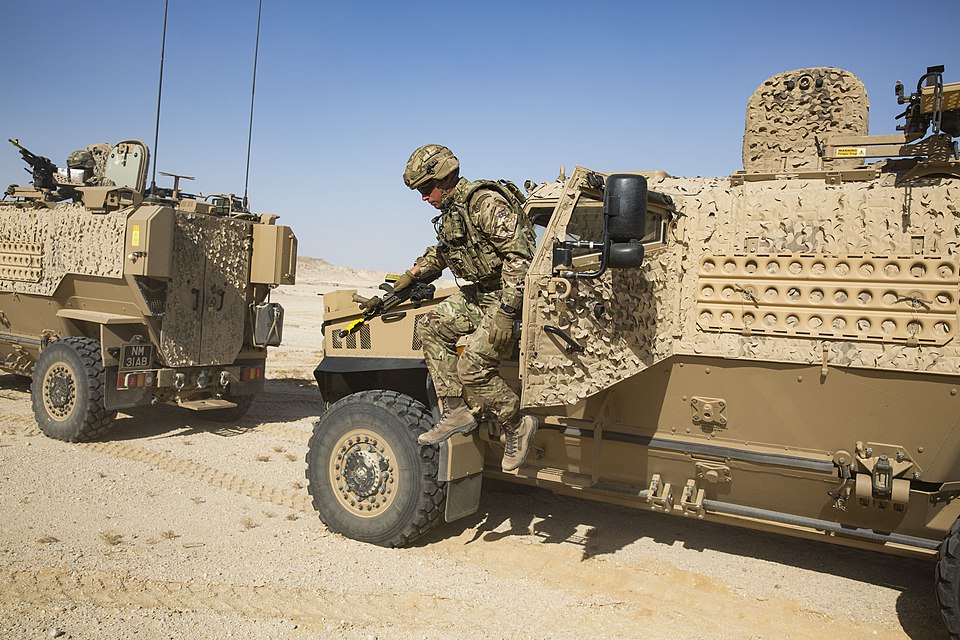
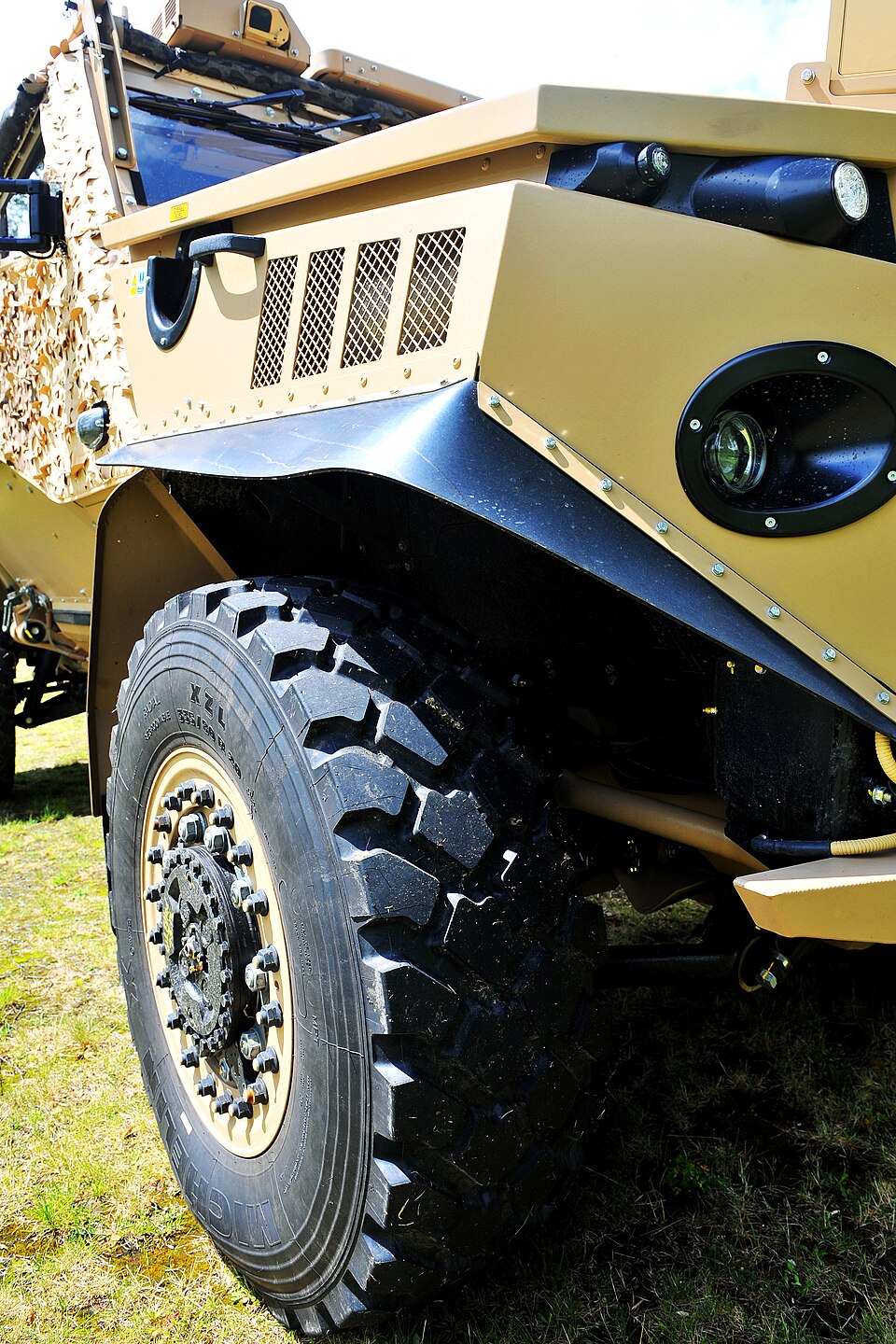
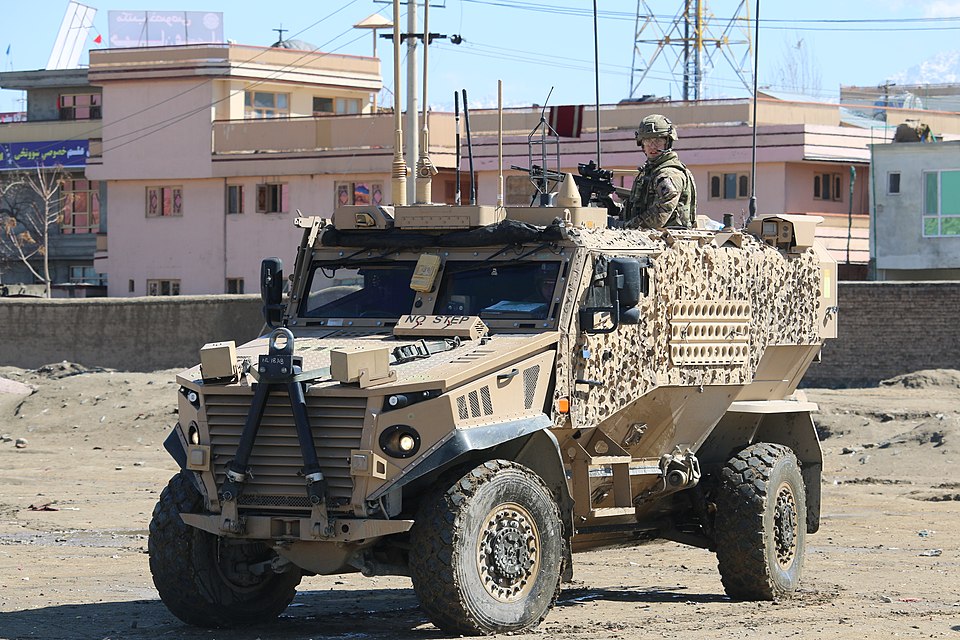
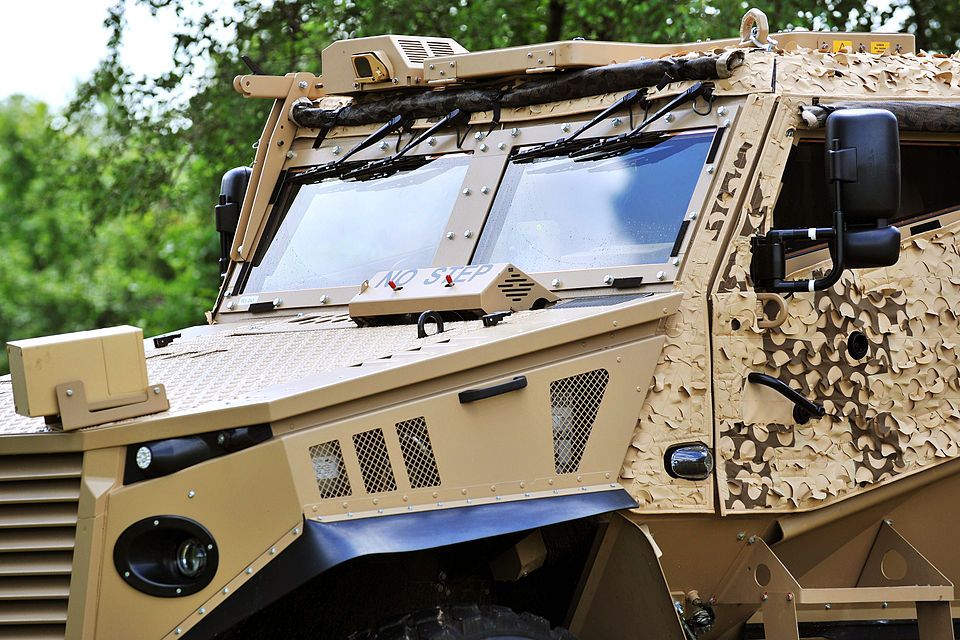
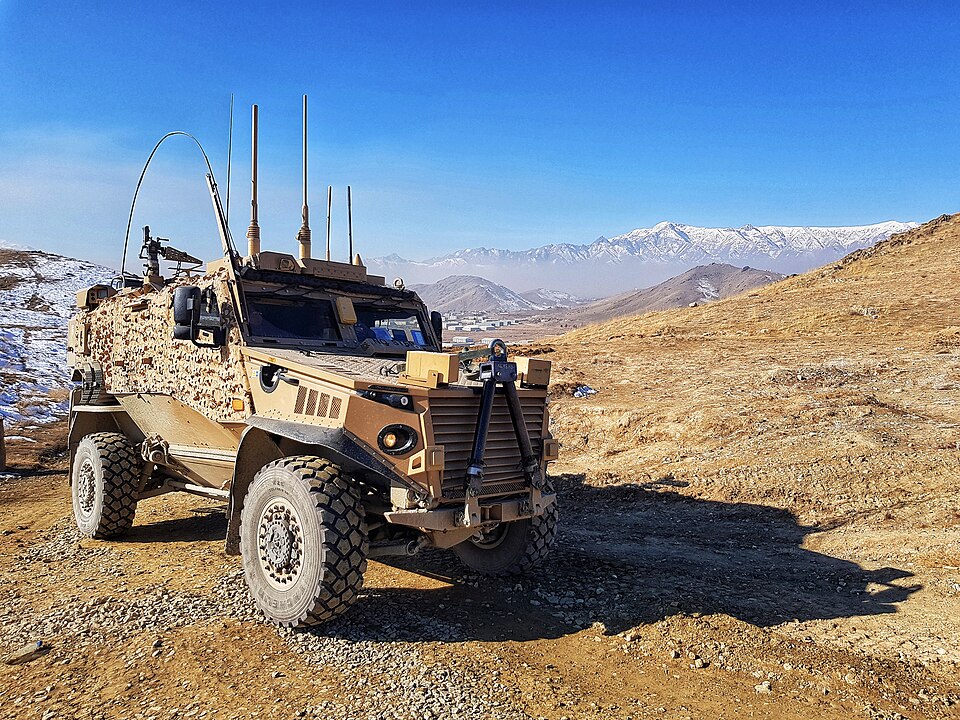
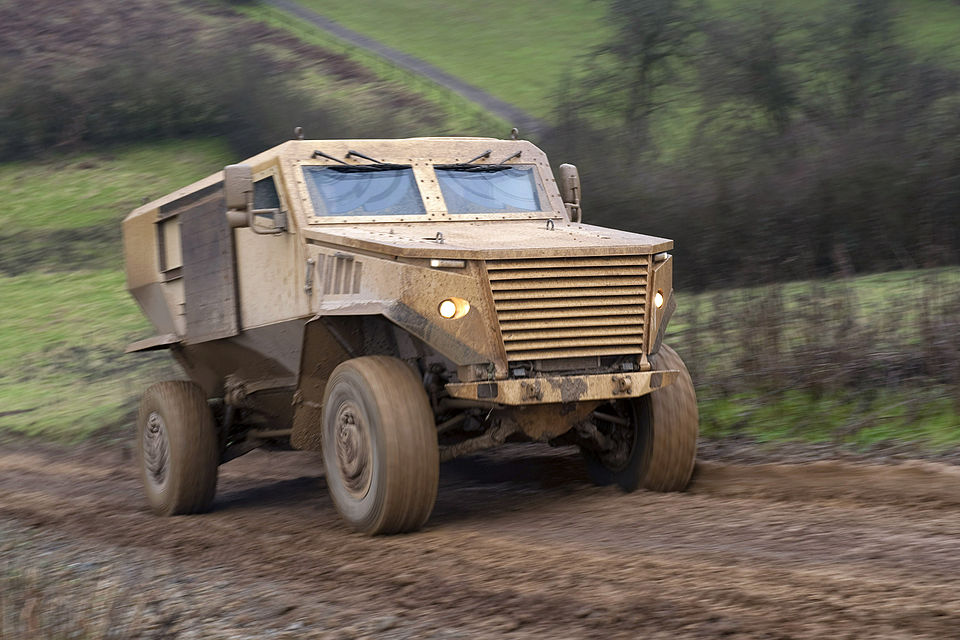
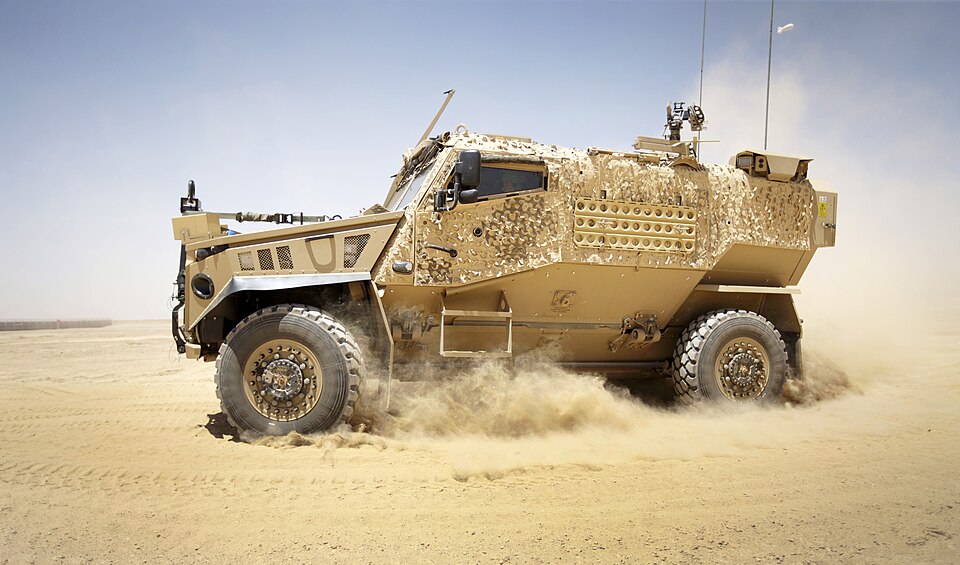
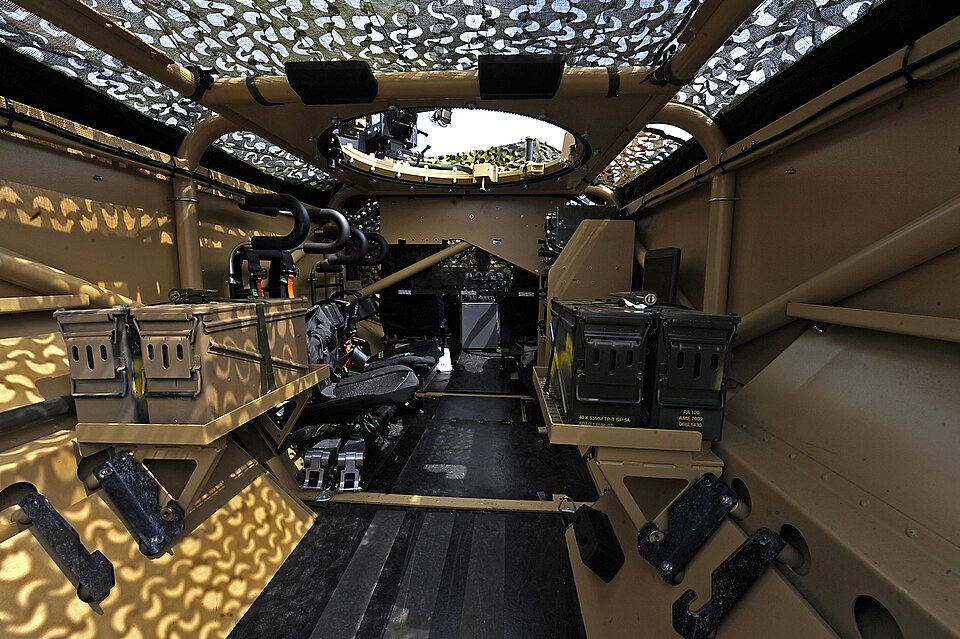
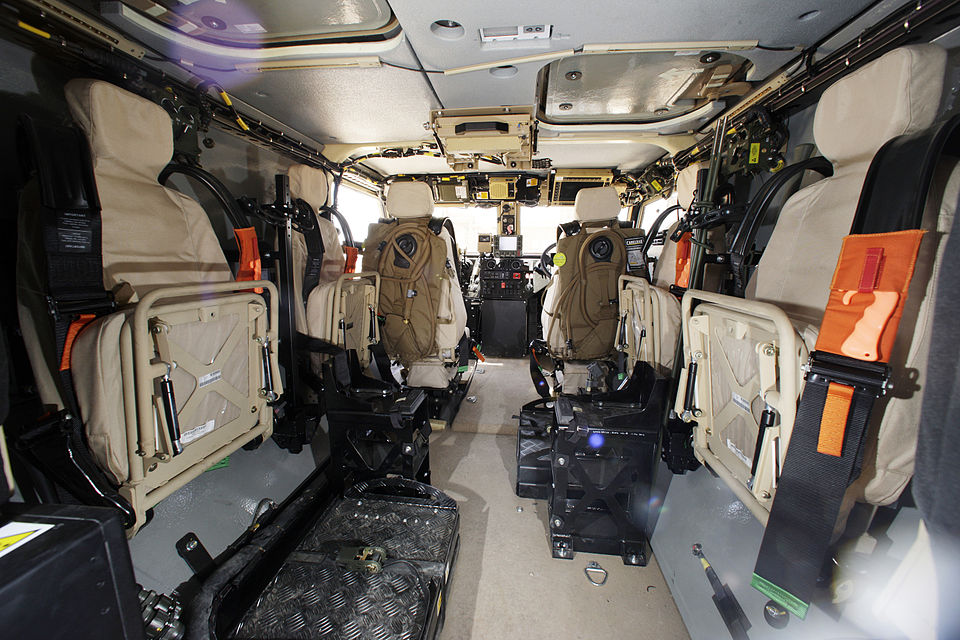
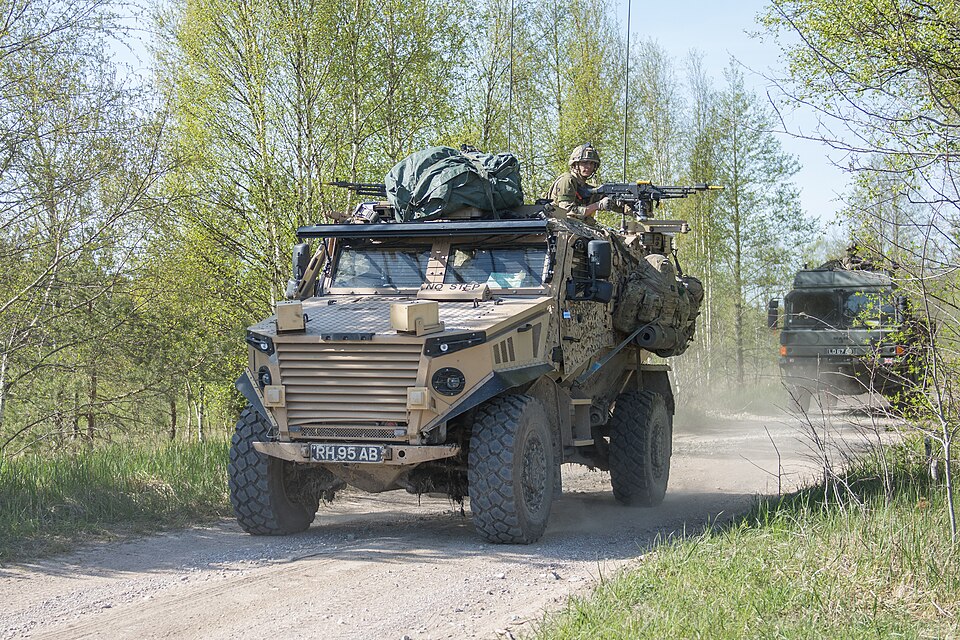
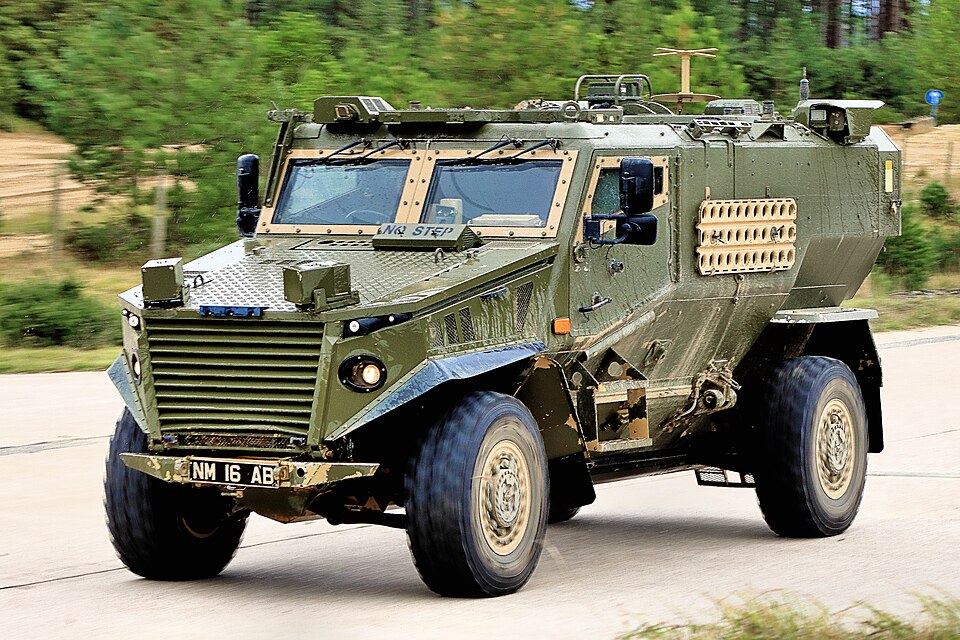
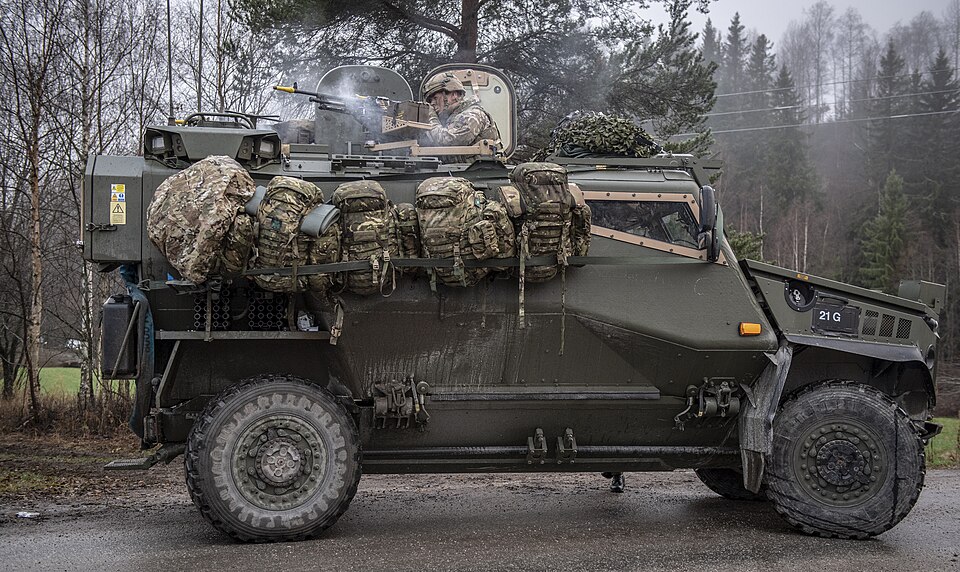



Sources
army-technology.comarmy-guide.com
gov.uk
militaryfactory.com
warwheels.net/ FoxhoundLPPV
GDLS Sales Brochure
army.mod.uk
armour.ws
CC photos
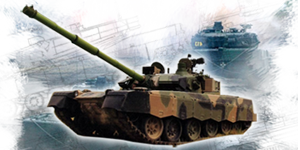
Modern Tanks
Modern MBTs posters

Denel Bagder (2018)

Type 16 MCV (2016)

Gepard 1A2 last rounds 2011

SANDF

Russian AFVs

Main Battle Tanks
